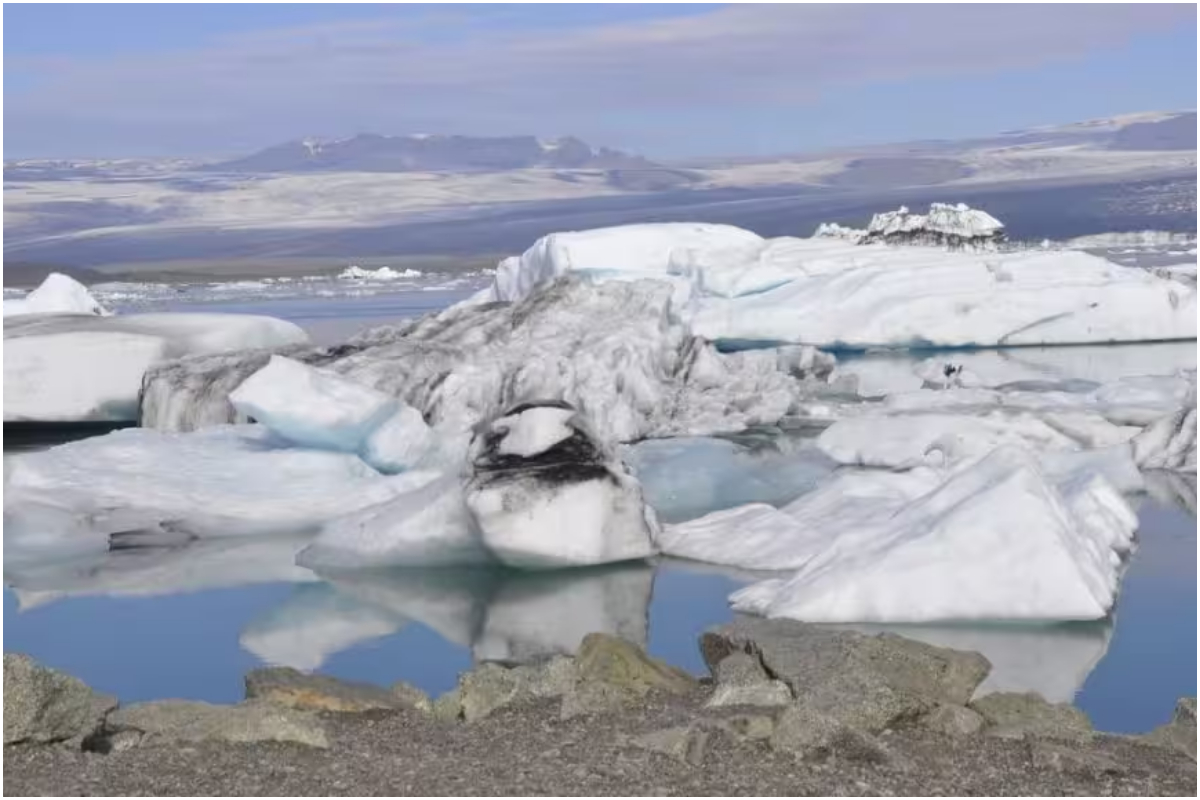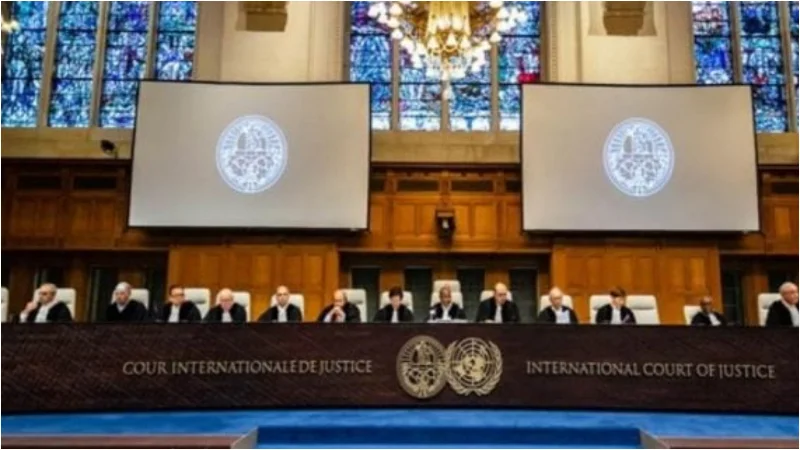- Ancient viruses preserved in Russian permafrost pose a new global health concern.
- Rising Arctic temperatures due to global warming threaten permafrost stability.
- Researcher Jean-Michel Claverie has extracted infectious ancient viruses from Siberian permafrost.
While the world has largely left behind the COVID-19 pandemic, a new concern looms in the form of ancient viruses in Russia’s permafrost. Researchers are closely examining these potential pathogens, which can endure in the permafrost and pose a threat to humanity. These viruses are immune to existing treatments, raising concerns about a possible epidemic that could hinder global COVID-19 recovery efforts.
Jean-Michel Claverie, an emeritus professor at Aix-Marseille University’s School of Medicine, has revealed the alarming impact of global warming. As frozen ground thaws due to rising temperatures, he has studied “giant” viruses, some nearly 50,000 years old, preserved deep within Siberian permafrost for over a decade.
Due to a 1.2°C rise in global temperatures since pre-industrial times, scientists warn that the Arctic may become ice-free during summers in the 2030s. This could lead to the release of trapped greenhouse gases like methane and raise concerns about dormant pathogens.
Last year, Claverie’s team published research where they extracted many ancient viruses from Siberian permafrost, and all of them were still infectious. During an interview at his lab in France’s Aix-Marseille University, Claverie highlighted this fact, ‘Traditionally, we associate climate change dangers with threats originating from the south, such as the spread of vector-borne diseases from warmer tropical regions. However, it has become increasingly apparent that there could be emerging risks from the north due to the thawing of permafrost, releasing microbes, bacteria, and viruses.’
The dangers of this situation are still unfolding. In 2016, a heatwave in Siberia activated anthrax spores, causing numerous infections and resulting in the deaths of thousands of reindeer and a child.
In a separate study published in July this year, scientists discovered that even complex organisms can endure permafrost conditions in a dormant state known as cryptobiosis. They managed to revive a 46,000-year-old roundworm from Siberian permafrost by simply adding water.
“It holds great significance in the sense that we have the capability to halt life and subsequently initiate it once more,” According to Teymuras Kurzchalia, a retired professor from the Max Planck Institute, this implies that some organisms can naturally slow down or briefly stop their metabolic processes.
Global health organizations and governments have been watching out for new infectious diseases for a while. These diseases are ones that humans wouldn’t have immunity to, and there might not be any treatments for them. In 2017, the World Health Organization included a general term “Disease X” on a list of high-priority pathogens for research. The goal is to create a plan to prevent or control an outbreak caused by these pathogens. This effort has become even more crucial after the world was severely impacted by the deadly Covid-19 virus.
Claverie’s research, although different, shares a connection. His lab in Marseille, France, seems like a unique collection of items. It has soil samples and mysterious liquids on shelves, along with intriguing artifacts like a woolly rhino bone and pieces of a mammoth’s tusk from a Siberian expedition in 2019. Despite this, his lab also has high-tech equipment and a biosafety room, showing the importance of his research.
Despite not having formal training in immunology, Claverie, with a background in particle physics, computer science, and biochemistry, found a unique perspective. His journey into theoretical biology started in 1979 when he chose to work with Nobel laureate Francis Crick instead of MIT biophysicist Alexander Rich, which happened through a chance meeting and eventually led to a job recommendation from Crick.
Claverie’s interest in permafrost was sparked when he witnessed a flowering plant frozen for 30,000 years coming back to life. This inspired him to investigate the possibility of reviving ancient viruses from permafrost. In 2014, he successfully revived “live” viruses from Siberian permafrost, focusing on viruses that infect amoebas to avoid accidental human exposure. In 2019, his team discovered 13 new viruses, with one frozen for over 48,500 years, in various ancient Siberian permafrost samples, highlighting their widespread presence.
Claverie warned about the serious risks of an ancient, unidentified pathogen emerging in humans, drawing parallels to the extinction of Neanderthals. The conditions in permafrost, with no oxygen and minimal chemical activity, are perfect for preserving organic material. Siberia, where permafrost can be as deep as a kilometer, contains thousands of dormant microbe species in just a tiny amount of soil.
As the Arctic warms rapidly, permafrost stability, which has endured for 400,000 years, is now at risk. The thawing leads to methane craters and sinking towns, impacting Russian infrastructure and creating environmental disasters.
Geopolitical tensions hinder cooperation with Russian labs. Mining in permafrost raises concerns about exposing ancient pathogens. Some suggest monitoring the Inuit for permafrost-related diseases, while others reconsider virus research to avoid pandemic risks.
Claverie, regardless of the war’s outcome, won’t return to Siberia, believing the danger has been conveyed, and further expeditions would be unwise.
[embedpost slug=”/israeli-death-toll-tops-1000-says-embassy/”]




















